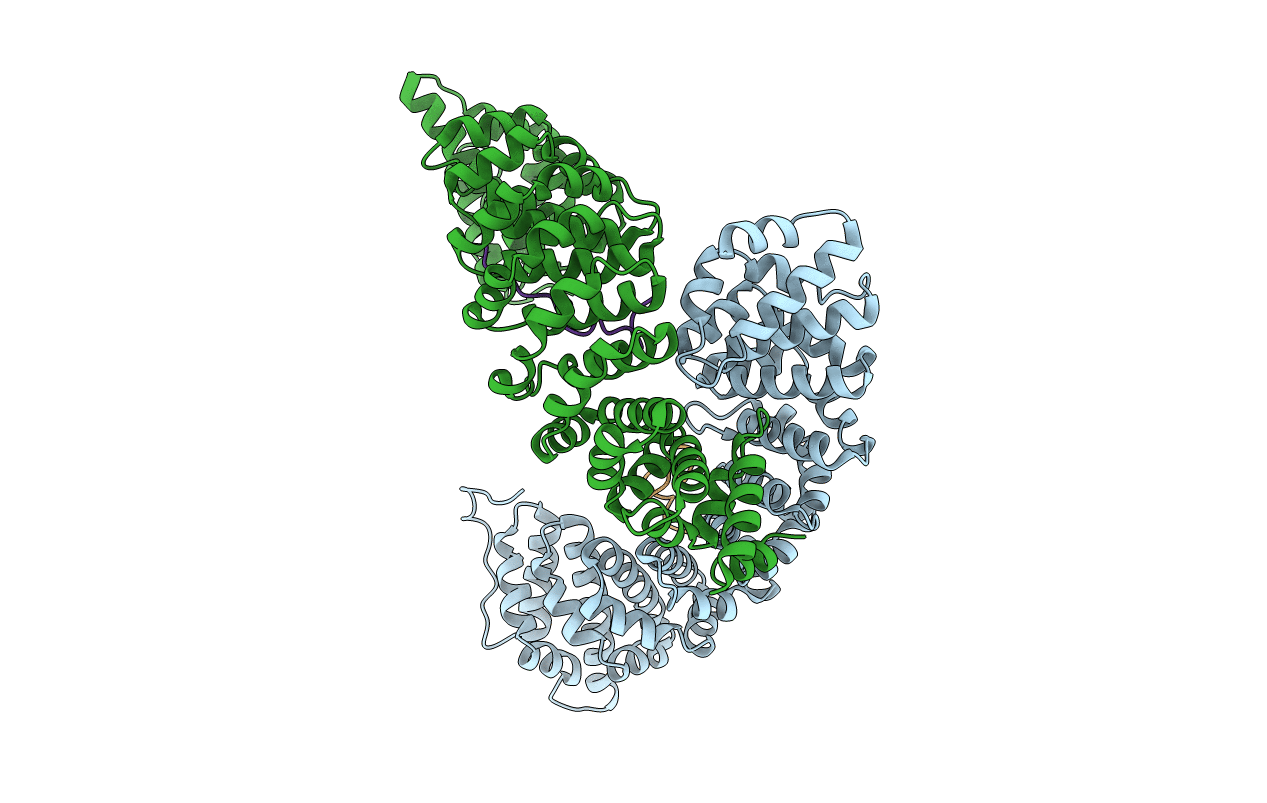
Deposition Date
2003-09-03
Release Date
2003-10-16
Last Version Date
2023-12-13
Entry Detail
PDB ID:
1UN0
Keywords:
Title:
Crystal Structure of Yeast Karyopherin (Importin) alpha in complex with a Nup2p N-terminal fragment
Biological Source:
Source Organism:
SACCHAROMYCES CEREVISIAE (Taxon ID: 4932)
Host Organism:
Method Details:
Experimental Method:
Resolution:
2.60 Å
R-Value Free:
0.25
R-Value Work:
0.21
R-Value Observed:
0.21
Space Group:
P 21 21 2


